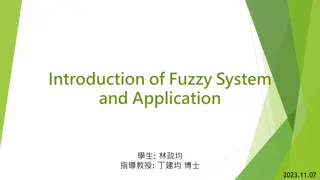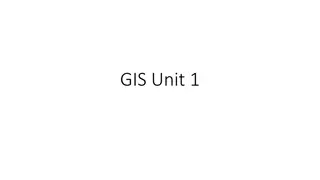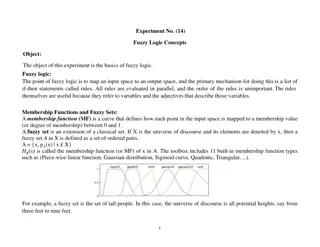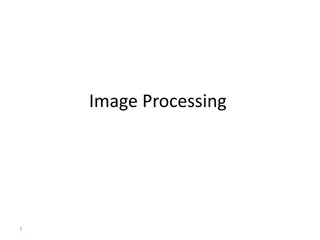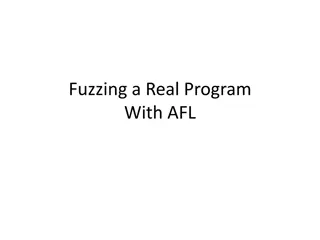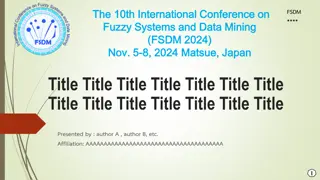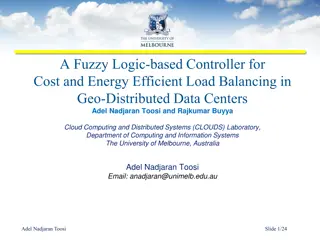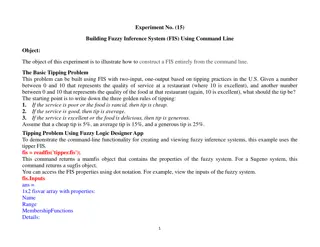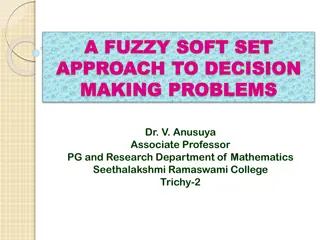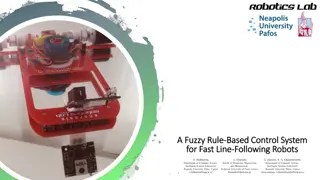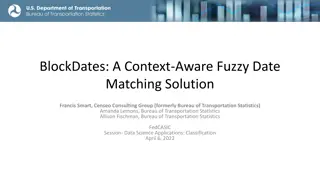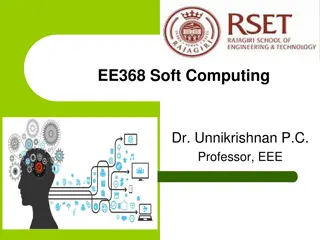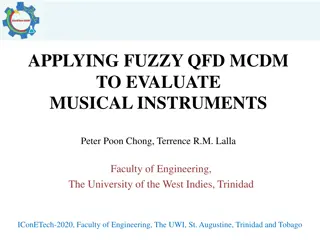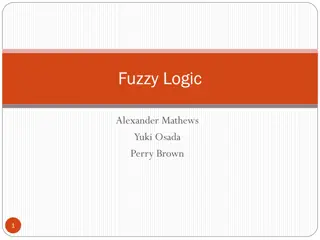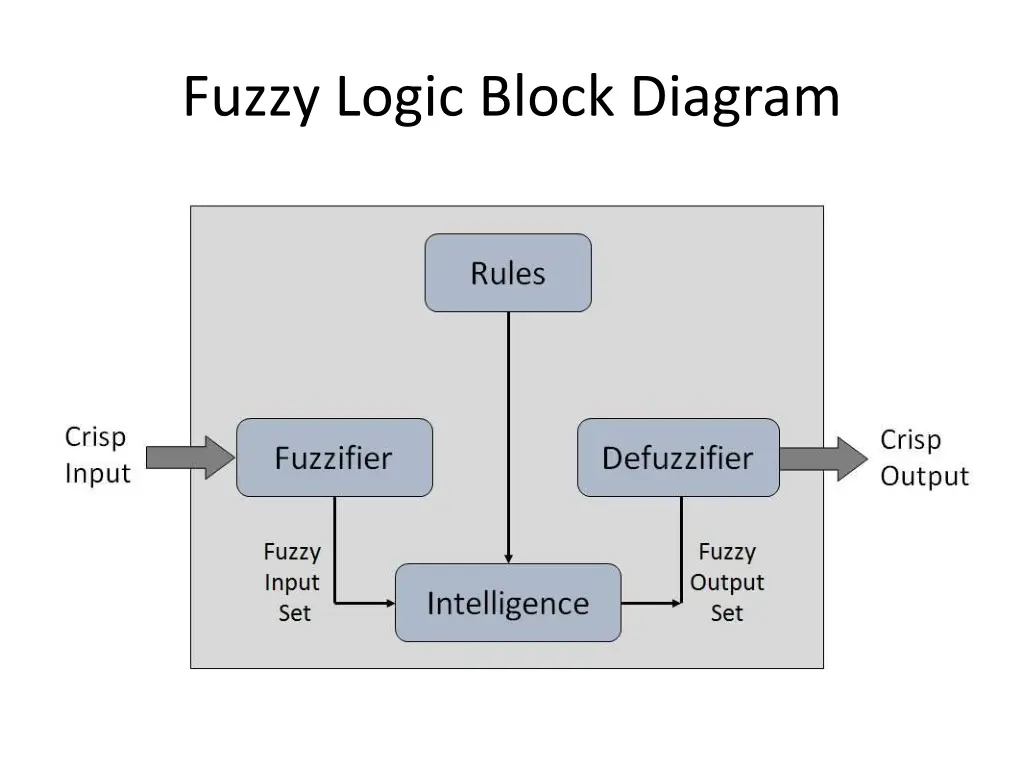
Understanding Fuzzy Logic Interference Systems
Explore the construction and functionality of Fuzzy Inference Systems (FIS) through functional blocks, rule bases, and rule sets. Learn how Fuzzy Logic plays a crucial role in decision-making processes using IF-THEN rules in a graphical representation.
Download Presentation

Please find below an Image/Link to download the presentation.
The content on the website is provided AS IS for your information and personal use only. It may not be sold, licensed, or shared on other websites without obtaining consent from the author. If you encounter any issues during the download, it is possible that the publisher has removed the file from their server.
You are allowed to download the files provided on this website for personal or commercial use, subject to the condition that they are used lawfully. All files are the property of their respective owners.
The content on the website is provided AS IS for your information and personal use only. It may not be sold, licensed, or shared on other websites without obtaining consent from the author.
E N D
Presentation Transcript
Functional Blocks of FIS The following five functional blocks will help you understand the construction of FIS Rule Base It contains fuzzy IF-THEN rules. Database It defines the membership functions of fuzzy sets used in fuzzy rules. Decision-making Unit It performs operation on rules. Fuzzification Interface Unit It converts the crisp quantities into fuzzy quantities. Defuzzification Interface Unit It converts the fuzzy quantities into crisp quantities. Following is a block diagram of fuzzy interference system.
Fuzzy ruled based system (or) interference Engine In rule-based fuzzy systems, the relationships between variables are represented by means of fuzzy if then rules of the following general form: If antecedent proposition( A set of conditions satisfy ) then consequent proposition( A set of consequent) The antecedent proposition is always a fuzzy proposition of the type ~ x is A Where ~x is a linguistic variable and A is a linguistic constant (term).
A collection of rules refering to a particular system is known as fuzzy rule base. If the conclusion C to be drawn from the rule base R is the conjunction of all the individual Consequents Ci of each rule then C=C1UC2U......... Cn C(y)= Max ( C1(y), C2(y).......... Cn(y)) Similarly for intersection we should consider C(y)= Min ( C1(y), C2(y).......... Cn(y))
Graphical Representation of Fuzzy As a general example, consider the design of a fuzzy controller for a steam turbine. The block diagram of this control system appears as follows: The input and output variables map into the following fuzzy set:
The rule set includes such rules as rule 1: IF temperature IS cool AND pressure IS weak, THEN throttle is P3. rule 2: IF temperature IS cool AND pressure IS low, THEN throttle is P2. rule 3: IF temperature IS cool AND pressure IS ok, THEN throttle is Z. rule 4: IF temperature IS cool AND pressure IS strong, THEN throttle is N2.
For an example, assume the temperature is in the "cool" state, and the pressure is in the "low" and "ok" states. The pressure values ensure that only rules 2 and 3 fire:
Defuzzification It is the reverse process of fuzzification. Defuzzification is the process of producing a quantifiable result in Crisp logic, given fuzzy sets and corresponding membership degrees. It is the process that maps a fuzzy set to a crisp set. It is typically needed in fuzzy control systems.
There are 7 main methods 1. Max Membership Principle 2. Weight average Method 3. Mean Max Method 4. Centroid Method 5. Centre of Sum 6. Centre of largest Area 7. First Maxima (or) Last Maxima
Centroid Method Example : A1, A2 and A3 are three fuzzy sets as shown in below diagram

